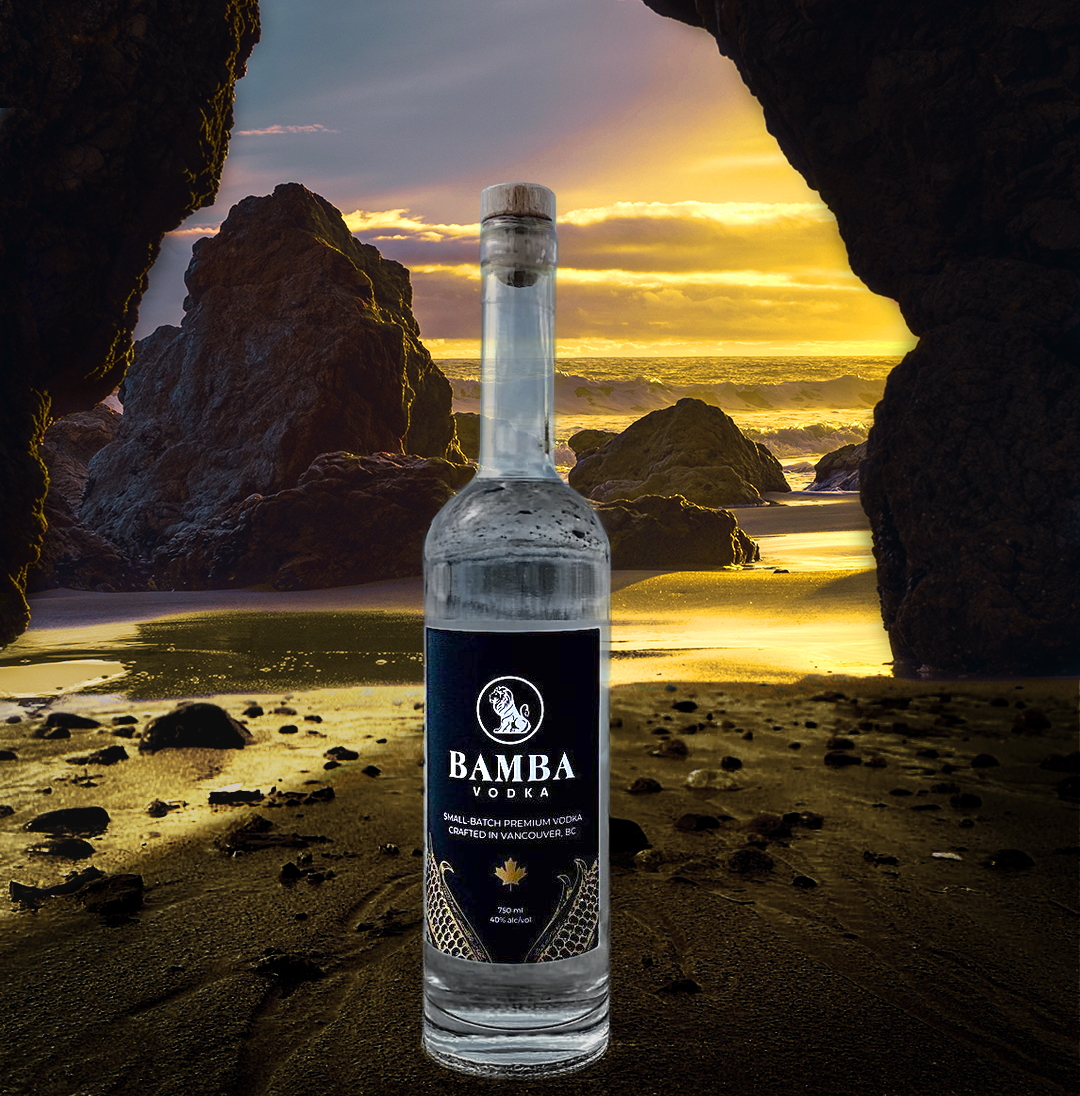Glass bottle labels: expectations and reality

Glass bottles are a popular choice for packaging a wide range of products, from food and beverages to household cleaners and personal care items. One of the most important elements of these bottles is the label, which not only serves to identify the product but also provides important information about its contents and usage. In this blog, we will explore the expectations and realities of glass bottle labels, the design and information they provide, and the role they play in creating a successful product.
Expectations of Glass Bottle Labels
When people purchase products packaged in glass bottles, they may have certain expectations about the quality and durability of the label. They may expect the label to be resistant to fading, peeling, or becoming damaged over time, especially if the product will be stored in a location with varying temperatures and humidity levels. Additionally, they may expect the label to effectively communicate the product's branding and information, such as ingredients, usage instructions, and warnings.
The Reality of Glass Bottle Labels
While the expectations for glass bottle labels are high, the reality is that the durability and quality of the labels can vary greatly. The materials used for the label and the printing processes employed can both impact its overall performance. For example, labels made from high-quality materials and printed using advanced techniques such as UV-cured digital printing are typically more durable and long-lasting than those made from lower-quality materials and printed using traditional offset printing methods.
Design of Glass Bottle Labels
In addition to durability and quality, the design of the label is also important for creating a successful product. The label should effectively communicate the product's branding and information in a way that is easy to read and understand. The design should also be aesthetically pleasing, as it can impact the consumer's decision to purchase the product.

The information provided on the label should include the product's name, ingredients, usage instructions, and any warnings or precautions. It is important that this information is presented in a clear and concise manner, using appropriate font sizes and styles for easy reading. Additionally, the label should meet any regulatory requirements, such as displaying the product's weight or volume and any nutritional information for food and beverage products.
What are some other benefits of using glass bottle labels?
Product differentiation: Glass bottle labels help distinguish products from one another, making it easier for consumers to find and purchase the specific product they are looking for. This can be especially important in crowded marketplaces where similar products are available.

Increased shelf appeal: A well-designed glass bottle label can greatly increase the appeal of the product, making it more attractive to consumers and increasing the likelihood of a sale.
In conclusion, glass bottle labels play a crucial role in the marketing and communication of products packaged in glass bottles. By providing branding, information dissemination, product differentiation, increased shelf appeal, durability, and cost-effectiveness, glass bottle labels help create a successful and recognizable product.
Interested in custom labels for your next project?
We're always looking to help companies of all sizes maximize their impact with labels that solve all your problems - quality control, cost, and turnaround time.
Trusted by some of the most awarded breweries in Canada, we'd be glad to talk with you about your custom beer bottle or cans project.
Click here to get in touch today and we'll get back to you shortly.
You can visit us on Instagram to see our work too.
